-
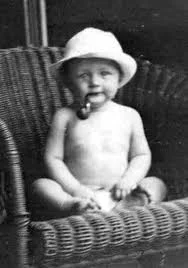 Charles Spencer Chaplin was born to Hannah Chaplin and Charles Chaplin Sr. in Walworth, London.
Charles Spencer Chaplin was born to Hannah Chaplin and Charles Chaplin Sr. in Walworth, London. -
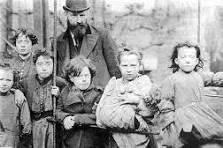 Chaplin’s father, Charles Chaplin Sr., separated from the family and eventually died in 1901. This early family instability influenced Chaplin’s view of hardship and comedy.
Chaplin’s father, Charles Chaplin Sr., separated from the family and eventually died in 1901. This early family instability influenced Chaplin’s view of hardship and comedy. -
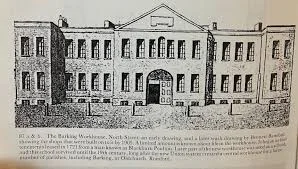 His mother, Hannah, experienced mental health issues and was admitted to institutions, meaning young Chaplin and his half-brother Sydney spent time in workhouses and charity homes.
His mother, Hannah, experienced mental health issues and was admitted to institutions, meaning young Chaplin and his half-brother Sydney spent time in workhouses and charity homes. -
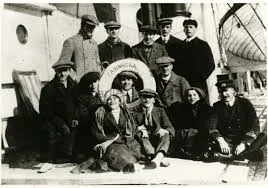 At the age of 19, Chaplin joined Fred Karno’s comedy troupe and toured the UK and later the US, gaining experience in pantomime and slapstick that would shape his film persona.
At the age of 19, Chaplin joined Fred Karno’s comedy troupe and toured the UK and later the US, gaining experience in pantomime and slapstick that would shape his film persona. -
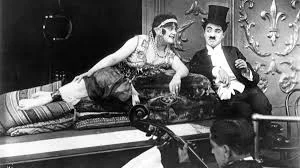 Chaplin signed with the Essanay Film Manufacturing Company in the US and made early short films like “Making a Living” (1914), transitioning from stage to screen.
Chaplin signed with the Essanay Film Manufacturing Company in the US and made early short films like “Making a Living” (1914), transitioning from stage to screen. -
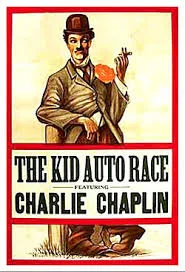 In the film “Kid Auto Races at Venice”, Chaplin first appeared in his iconic “Little Tramp” costume — bowler hat, cane, toothbrush moustache — which would define his career.
In the film “Kid Auto Races at Venice”, Chaplin first appeared in his iconic “Little Tramp” costume — bowler hat, cane, toothbrush moustache — which would define his career. -
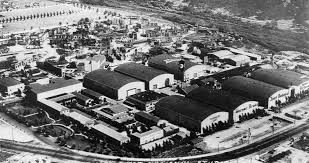 World War I Era (1914-18) – Growth of Film Industry
World War I Era (1914-18) – Growth of Film Industry
During WWI the US film industry dominated due to disruption of European production; Chaplin’s timing positioned him to become a global star. -
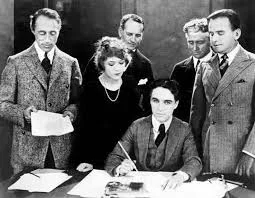 Chaplin co-founded United Artists (with Mary Pickford, Douglas Fairbanks and D. W. Griffith) to gain creative control over his films and distribution.
Chaplin co-founded United Artists (with Mary Pickford, Douglas Fairbanks and D. W. Griffith) to gain creative control over his films and distribution. -
 Chaplin directed, wrote, starred in “The Kid”, a film blending comedy and pathos, and one of his first feature-length successes.
Chaplin directed, wrote, starred in “The Kid”, a film blending comedy and pathos, and one of his first feature-length successes. -
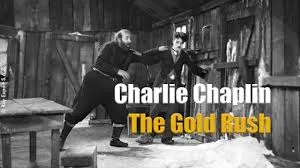 Considered one of Chaplin’s greatest films, “The Gold Rush” showcased his comedic genius and began his global fame.
Considered one of Chaplin’s greatest films, “The Gold Rush” showcased his comedic genius and began his global fame. -
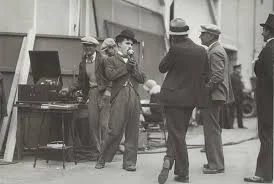 With the release of The Jazz Singer in 1927 film went sound-heavy; Chaplin resisted full voice dialogue, choosing to maintain silent style in a changing medium.
With the release of The Jazz Singer in 1927 film went sound-heavy; Chaplin resisted full voice dialogue, choosing to maintain silent style in a changing medium. -
 With “City Lights”, Chaplin avoided full sound dialogue; the film is largely silent yet uses an orchestra soundtrack, highlighting his mastery of visual comedy.
With “City Lights”, Chaplin avoided full sound dialogue; the film is largely silent yet uses an orchestra soundtrack, highlighting his mastery of visual comedy. -
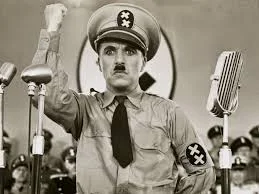 A bold satire on fascism and Adolf Hitler, this film marked Chaplin’s first full-sound film where he both spoke and used voice — a major shift.
A bold satire on fascism and Adolf Hitler, this film marked Chaplin’s first full-sound film where he both spoke and used voice — a major shift. -
 Chaplin starred in and directed “Monsieur Verdoux”, a dark comedy about a father and serial killer, showing his willingness to take risks even as public tastes shifted.
Chaplin starred in and directed “Monsieur Verdoux”, a dark comedy about a father and serial killer, showing his willingness to take risks even as public tastes shifted. -
 With the release of The Jazz Singer in 1927 film went sound-heavy; Chaplin resisted full voice dialogue, choosing to maintain silent style in a changing medium.
With the release of The Jazz Singer in 1927 film went sound-heavy; Chaplin resisted full voice dialogue, choosing to maintain silent style in a changing medium. -
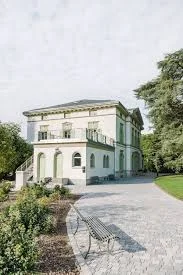 Amid political pressure and accusations of communist sympathies, Chaplin left the US and settled in Switzerland.
Amid political pressure and accusations of communist sympathies, Chaplin left the US and settled in Switzerland. -
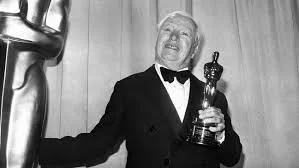 The Academy of Motion Picture Arts and Sciences awarded Chaplin an honorary Oscar for “the incalculable effect he has had in making motion pictures the art form of this century.”
The Academy of Motion Picture Arts and Sciences awarded Chaplin an honorary Oscar for “the incalculable effect he has had in making motion pictures the art form of this century.” -
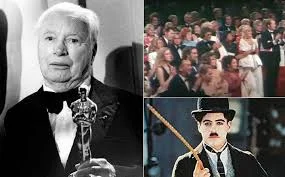 Academy Award for Best Original Score – “Limelight”
Academy Award for Best Original Score – “Limelight”
Chaplin won an Oscar for the musical score of his 1952 film “Limelight” (which had limited US release until later); it underscored his multi-talented artistry. -
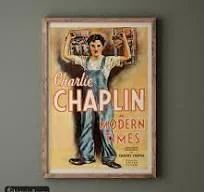 Though released in 1967, Chaplin’s later years reflect on cinema’s shift; in 1977 he accepted renewed acclaim and retrospectives, culminating in a re-release and reflection on his legacy.
Though released in 1967, Chaplin’s later years reflect on cinema’s shift; in 1977 he accepted renewed acclaim and retrospectives, culminating in a re-release and reflection on his legacy. -
 Chaplin passed away at the age of 88; his funeral attracted thousands, his legacy solidified.
Chaplin passed away at the age of 88; his funeral attracted thousands, his legacy solidified. -
 Film scholars re-evaluated Chaplin’s work, film festivals honoured him, and his influence on comedy and cinema was cemented.
Film scholars re-evaluated Chaplin’s work, film festivals honoured him, and his influence on comedy and cinema was cemented.